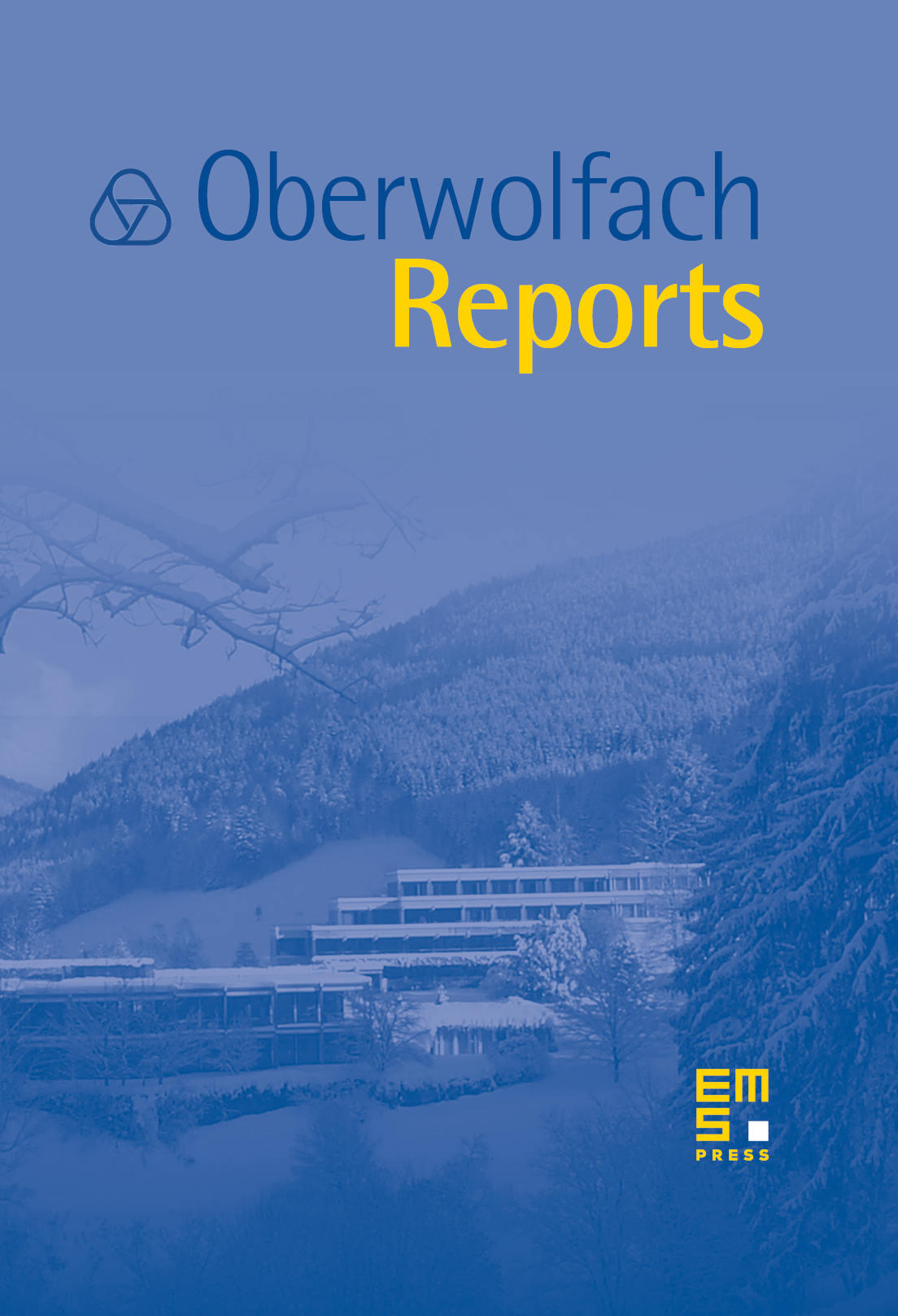Mini-Workshop: Superpotentials in Algebra and Geometry
Lara Bossinger
UNAM, Unidad Oaxaca, MexicoEduardo González
University of Massachusetts Boston, USAKonstanze Rietsch
King's College London, UKLauren K. Williams
Harvard University, Cambridge, USA

Abstract
Mirror symmetry has been at the epicenter of many mathematical discoveries in the past twenty years. It was discovered by physicists in the setting of super conformal field theories (SCFTs) associated to closed string theory, mathematically described by -models. These -models turn out in two different ways: the A-model and the B-model. Physical considerations predict that deformations of the SCFT of either -model should be isomorphic. Thus the mirror symmetry conjecture states that the A-model of a particular Calabi–Yau space must be isomorphic to the B-model of its mirror . Mirror symmetry has been extended beyond the Calabi–Yau setting, in particular to Fano varieties, using the so called Landau-Ginzburg models. That is a non-compact manifold equipped with a complex valued function called the superpotential.
In general, there is no clear recipe to construct the mirror for a given variety which demonstrates the need of joining mathematical forces from a wide range. The main aim of this Mini-Workshop was to bring together experts from the different communities (such as symplectic geometry and topology, the theory of cluster varieties, Lie theory and algebraic combinatorics) and to share the state of the art on superpotentials and explore connections between different constructions.
Cite this article
Lara Bossinger, Eduardo González, Konstanze Rietsch, Lauren K. Williams, Mini-Workshop: Superpotentials in Algebra and Geometry. Oberwolfach Rep. 17 (2020), no. 1, pp. 569–600
DOI 10.4171/OWR/2020/10